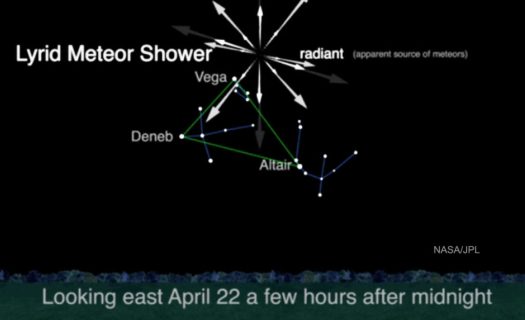
The picture shows Saturn’s moon Enceladus with Saturn in the background and part of a ring visible. Scientists are talking about a life chemical factory on Enceladus. One of the interesting questions about the origin of life is the question of how the chemicals needed to produce life came into existence.
Many believers in God answer that question just saying “God created them” and leaving it at that. For many of us with interest in science, that question expands to trying to understand HOW God created those chemicals. Saying that He spoke them into existence may be theologically acceptable, but the evidence shows that God used processes that we can understand.
Enceladus is essentially a vast ocean of water surrounded by a massive layer of ice. Scientists believe that powerful hydrothermal vents mix up the material found in the moon’s porous core with the salt water that makes up its vast ocean. This material is then ejected out into space in the form of enormous plumes of water vapor and ice granules you can see in the picture taken by the Cassini spacecraft. The sight is quite spectacular, and it was into one of these plumes that NASA’s scientists were able to send Cassini to examine their composition.
What the scientists learned is that the plumes contain organic materials. These are materials that are part of the building blocks of life. Therefore, this moon seems to be a factory that builds several of the ingredients needed to produce life.
Think of how factories produce cars. Factories at different locations all over the country build the parts. The parts come together in one place where highly skilled and creative engineers assemble them into a working automobile. In the same way, we can see a possible life chemical factory on Enceladus.
The more we explore space, the more we understand why these “factories” exist and how they have been used by “the great Engineer” to produce life on Earth.
–John N. Clayton © 2018
For more information from a different perspective go to Space.com









